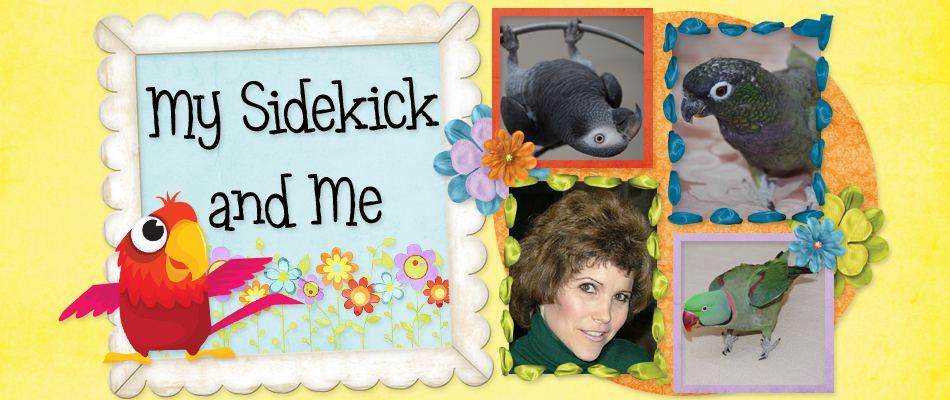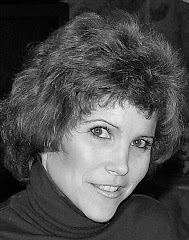They train vultures, eagles, cranes, macaws, cockatoos and African Greys. They work in bird shows, at zoos and parks, and even in wildlife rehabilitation using the most positive strategies to teach behavior. And this past February, they came to Cincinnati to share their knowledge at the International Association of Avian Trainers and Educators (IAATE).
I met Robin Shewokis through IAATE. Owner of The Leather Elves, she helps zoos, other facilities, and companion pet owners internationally to create a more stimulating environment for animals. She also develops new enrichment products for companion parrots that will stimulate naturalistic behavior.
In Robin’s conference workshop, we divided into groups based on bird species and brainstormed how to create the most sensory stimulating environment (keeping safety in mind) based on the birds natural activity. We were asked to generate ideas focusing on dietary, social, visual, olfactory (smell), auditory, tactile, and training/exercise categories. Gosh, how often as a bird owner, do we take the time to consider all the ways we can offer our pets a more enriching quality of life?
Robin and I spoke re cently. I thought I’d share some of what we talked about.
cently. I thought I’d share some of what we talked about.
What are some considerations companion parrot owners should consider when it comes to creating an enriching environment?
Robin: The key is knowing what your bird’s natural history is before knowing what type of enrichment to provide. For example, cockatiels are ground foragers so putting foraging activities high in the cage isn’t the best idea. If your bird in the wild would spend a lot of time in flight, then you want to make sure it has plenty of space.
Another big consideration is providing activities that stimulate as many of the senses as possible, and giving your pet a variety of choices. It doesn’t need to be expensive. Recyclables create great toys for birds.
It’s also important to know your specific bird so that you can tailor its environment based on its individual needs. A lot of times people inundate their bird with things their bird has never interacted with before. If the bird doesn’t know how to interact with something, its owner may need to teach it.
How can a parrot owner learn about his/her bird’s natural behavior?
Robin: The internet is a great source. There is also a book, ‘Parrots of the World’ by Joseph Foreshaw, that gives information on every species.
What is foraging?
Robin: The definition of foraging is making a search for food. It is a natural behavior for birds, but in captivity it doesn’t need to translate into a big giant path to getting an almond. In the wild a bird will fly from here to there, perch, find something intriguing and fly again. A foraging activity in a cage can be as simple as having food in different stations or wrapped in paper. Food can be placed in toys or stuffed into things.
Talk about the ‘big bang’ response.
Robin: It easy to fall into the ‘favorite’ trap when it comes to parrot ‘toys’. Initially when you give a toy to your bird, you may get a big bang response because it’s new and stimulating. Your bird my love it and play with it constantly, but over time, that toy loses its ‘newness’ and allure. It’s important to offer your bird a variety of toys and not leaving them in the cage until they become cage furniture.
Listen to Robin on Pet Life Radio.
Saturday, October 3, 2009
Creating Enrichment For Pet Birds
Subscribe to:
Post Comments (Atom)












0 comments:
Post a Comment